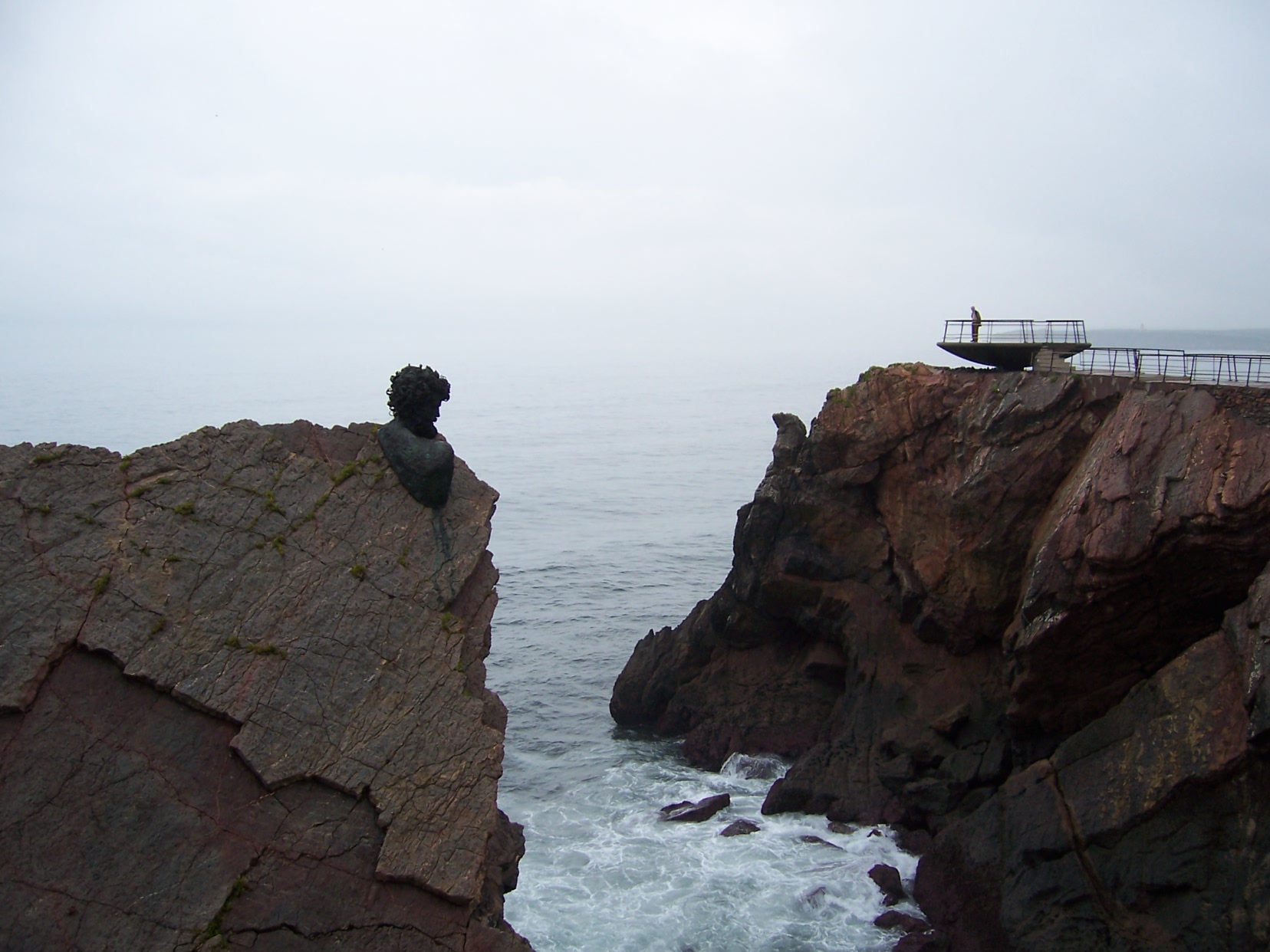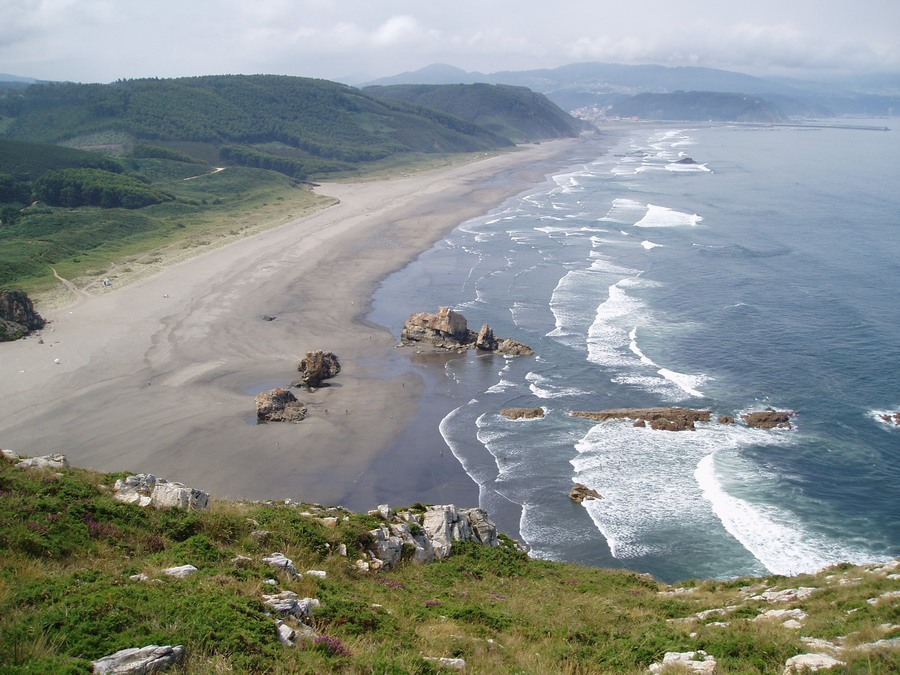Castrillón (Boal) on:
[Wikipedia]
[Google]
[Amazon]

 Castrillón is a municipality in Asturias, located on the central coast. It has an area of 56.70 km2 and a population of 22,361 inhabitants (in 2005). The most important population centres are the capital Piedrasblancas, Salinas, and Raíces.
Castrillón is a municipality in Asturias, located on the central coast. It has an area of 56.70 km2 and a population of 22,361 inhabitants (in 2005). The most important population centres are the capital Piedrasblancas, Salinas, and Raíces.
Ayuntamiento de Castrillón
{{DEFAULTSORT:Castrillon Municipalities in Asturias *

 Castrillón is a municipality in Asturias, located on the central coast. It has an area of 56.70 km2 and a population of 22,361 inhabitants (in 2005). The most important population centres are the capital Piedrasblancas, Salinas, and Raíces.
Castrillón is a municipality in Asturias, located on the central coast. It has an area of 56.70 km2 and a population of 22,361 inhabitants (in 2005). The most important population centres are the capital Piedrasblancas, Salinas, and Raíces.
Asturias Airport
Asturias Airport, is the only international airport of Asturias, Spain, in Castrillón. Traffic consists primarily of scheduled domestic flights and some seasonal scheduled international flights. In 2012, the airport handled 1,309,640 passengers ...
is located in Castrillón. The airport is located in Anzu, parish of Santiagu'l Monte, municipality of Castrillón, 15 km from Avilés
Avilés (; ) is a town in Asturias, Spain. Avilés is, along with Oviedo and Gijón, one of the main cities in the Principality of Asturias.
The town occupies the flattest land in the municipality, partially in a land that belonged to the sea, ...
, 40 km from Gijón and 47 km from the regional capital, Oviedo
Oviedo (; ast, Uviéu ) is the capital city of the Principality of Asturias in northern Spain and the administrative and commercial centre of the region. It is also the name of the municipality that contains the city. Oviedo is located ap ...
.
Geography
Situated on the littoral plain, the county is one of the flattest areas in Asturias. Its coast is formed by a series of beaches and cliffs. For this reason, the county is known as "the county of the 7 beaches", even though there are more than seven beaches along its long coastline. Inland, the area is characterized by the smoothness of the landscape, mainly formed by fertile valleys with a small river network that crosses the county. The altitude increases steadily towards the Southwest, with the peak in the Alto del Marqués (438 m).Parishes
Castrillón has eight parishes (administrative divisions): Castrillón contains seven locations that do not belong to any parish. This political division in unique in Asturias. The seven are six localities (El Cotu Carcéu, La Cruz d'Illes, La Llaguna, Miranda, Raíces Nuevo/La Fundación and San Xuan) and the village of San Cristoba.Climate
Its oceanic climate means that there is little temperature variation. It has an annual average temperature of 13 °C, a moderate summer and mild winter with frequent rain. In this way it is similar to adjacent regions.History
The first evidence of a human presence in Castrillón is inAstur
The Astures or Asturs, also named Astyrs, were the Hispano-Celtic language, Hispano-Celtic inhabitants of the northwest area of Hispania that now comprises almost the entire modern autonomous community of Principality of Asturias, the modern prov ...
settlements from the Celtic
Celtic, Celtics or Keltic may refer to:
Language and ethnicity
*pertaining to Celts, a collection of Indo-European peoples in Europe and Anatolia
**Celts (modern)
*Celtic languages
**Proto-Celtic language
* Celtic music
*Celtic nations
Sports Fo ...
and Roman periods. In Peñarrey, an altar with an inscription has been found, together with some pottery. There are also some silver coins in Samiguel de Quiloñu and some other places.
The earliest known written documents found date from the 9th century. Castrillón appears named as ''Castilione'' in the ''Liber Testamentorum'' of the Cathedral of Oviedo, sourced as a copy of a document from 857 AD. In that period Castrillón was part of the Alfoz of Gozón (later on it would be part of the Alfoz of Avilés); this is the origin of the first coat of arms of the county. In these documents, and others from the 10th century, there are references to the various contributions of the Kings to the Church of Oviedo, like the one dated on 921 where the donations from Ordoño II, including the ''Sancti Saluatoris de Petris Albis'' church (San Salvador de Piedras Blancas).
Castiellu de Gauzón, dating to the 7th century, is also widely mentioned in those documents. This emblematic Asturian fortress
A fortification is a military construction or building designed for the defense of territories in warfare, and is also used to establish rule in a region during peacetime. The term is derived from Latin ''fortis'' ("strong") and ''facere'' ...
was located in the Peñón de Raíces (Rock of Raices). This place was used as a prison for the rebels, and as a protection for the estuary of Avilés against the attacks of the Normans. According to tradition and written legend, the Cruz de la Victoria (Victory Cross) was forged there. Under the protection of the castle
A castle is a type of fortified structure built during the Middle Ages predominantly by the nobility or royalty and by military orders. Scholars debate the scope of the word ''castle'', but usually consider it to be the private fortified r ...
, there was a monastery that gave shelter to the orders of Santiago, San Francisco and La Merced. The inhabitants still use the bulrush and some architectonic elements in the houses built in the lands where the old monastery was.
The salt industry was very important during the Early Middle Ages, in the areas of Bayas, Naveces and Santa María del Mar.
When the Real Compañía de Minas (Royal Mining Company) arrived in 1833, they began working the coal reef of Arnao, which became the first submarine mine in Spain. It was ultimately abandoned because of the filtration of sea water through its domes. At Arnao beach you can still see the derrick used for extraction, covered with zinc panels.
The Real Compañía de Minas also worked in the foundry and elaboration of zinc and zinc byproducts. There are factories in Arnáu and San Xuan. The construction of houses for their employees was the beginning of the current population centres of San Xuan, Arnáu, and Salinas. At these places there are some interesting examples of 20th-century architecture.
Politics
The current mayor is Yasmina Triguero Estévez ( IU-IX).References
* María Isabel Míguez Mariñas: "Aproximación a la Historia de Castrillón: De los orígenes a la Edad Media" (1998, Ayto de Castrillón).External links
Ayuntamiento de Castrillón
{{DEFAULTSORT:Castrillon Municipalities in Asturias *